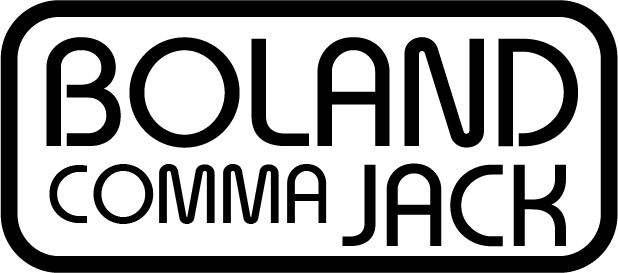Mosquito Range Rings
OBJECTIVE // To design and realize a pair of wedding rings for my close childhood friend, Sarah, and her husband Mikey.
BACKGROUND // I have been friends with Sarah since Middle School in the Adventure Club. As we’ve grown up, we’ve found that our shared love for the outdoors has continued to grow in tandem despite the different paths that we’ve taken. From ski mountaineering races to climbing trips in Mexico, we’ve stayed close because of this shared love and the places it has taken up.
When she told me that her and Mikey were going to get married, she asked if I would consider making rings for them. I, of course, jumped at the opportunity and set out to design them a pair of unique, one of a kind, wedding bands.
INGREDIENTS //
……………(1) Silver
……………(2) CAD
……………(3) Investment Casting
DETAILS // Never before had I designed, let alone cast anything before, but I understood the general idea and loosely the design requirements. There is some investment casting equipment in the Product Realization Lab at Stanford that I was excited to try out and learn how to use. Typically, or at least traditionally, silversmiths would carve a piece of wax to look like the piece they wanted to create, then embed this in special plaster and melt out the wax to leave a cavity for the molten metal to flow. These days, it is becoming more common to utilize 3D printing technologies to print the wax positive in a resin that can be melted out, which allows for higher accuracy and more precise features, making it a preferred approach for my design.
One of my personal objectives was to take some topological data and infuse it into the ring as the mountains were such a shared part of their relationship. I asked Sarah what Mikey’s favorite mountains were and she told me the Mosquito Range, so I went with that. I initially started trying to find the full 2D topo data of the range, but it quickly became apparent that even if I was able to map it around the ring, it wouldn’t really be pronounced or recognizable. In the interest of making the data more readable to the human brain, I decided to wrap the profile around the band.
I found a GIS tool that allowed me to draw a line across the mountain range and it would give me the resulting elevation profile. Once I had this data, I mapped it to the exterior of the ring in Solidworks and split the ring into two different levels to drive some contrast. Later, I would decide to use two different finish levels to drive this contrast even more.
With time against me, I scrambled to get someone to show me how to use the investment casting tools, but ended up talking with the Silversmithing instructor who offered to add my part to a build that she was planning up in San Francisco. They printed the models for me and cast the parts in silver. Though I wanted to do that part myself, sometimes it’s just not in the cards and I still had hours of finishing ahead of me so I think it was for the best
The wedding was amazing; I’ve never felt so much love in one room. And despite a global pandemic, they are still married, which I can only assume can be attributed to quality and style of their wedding rings.




